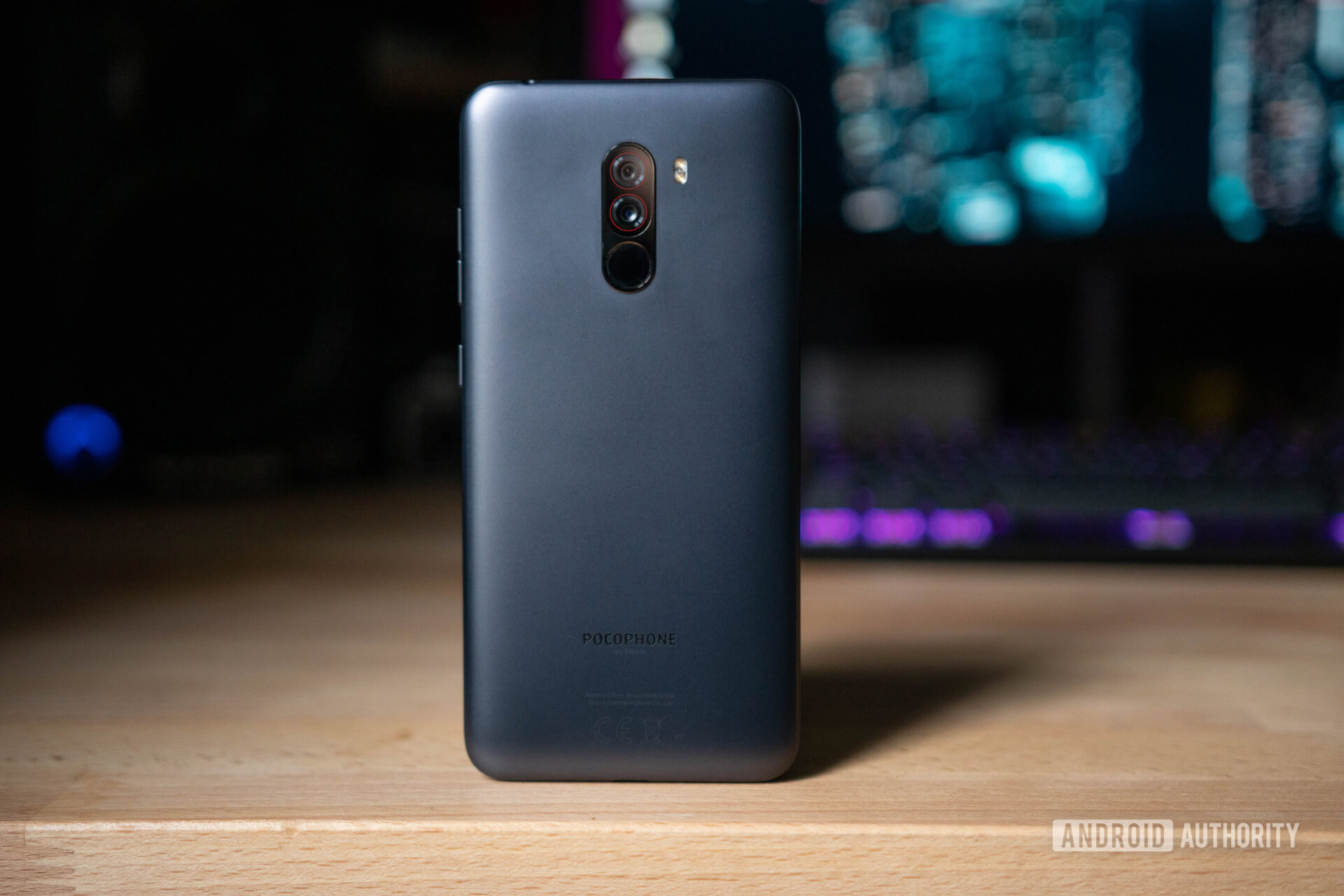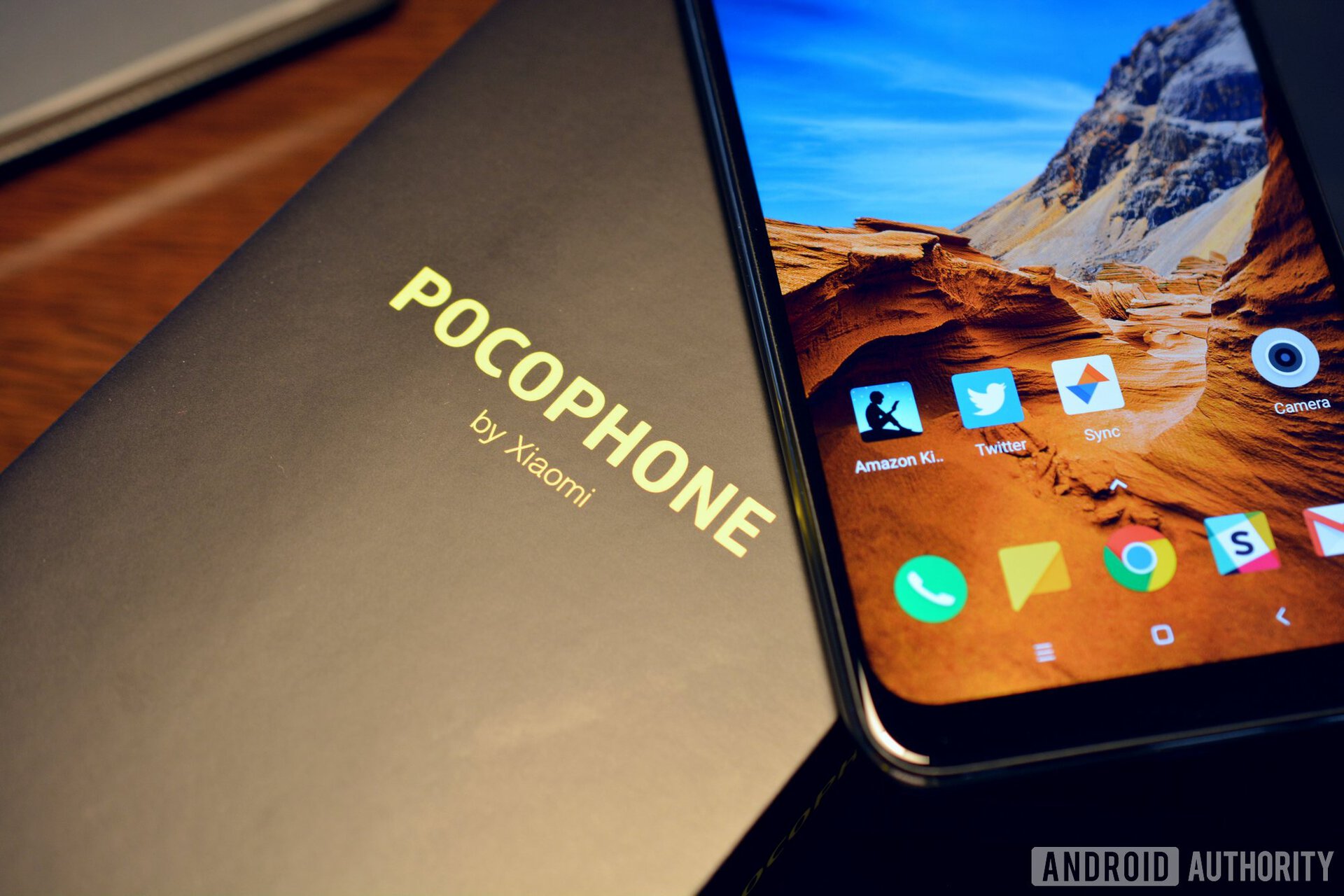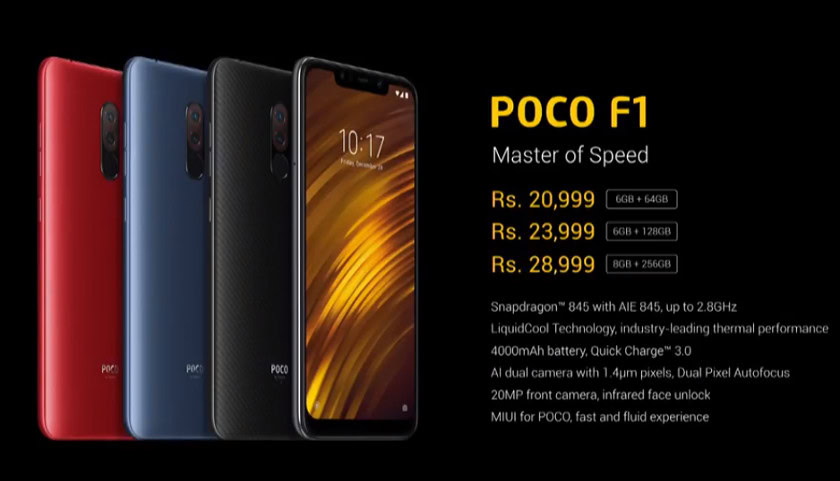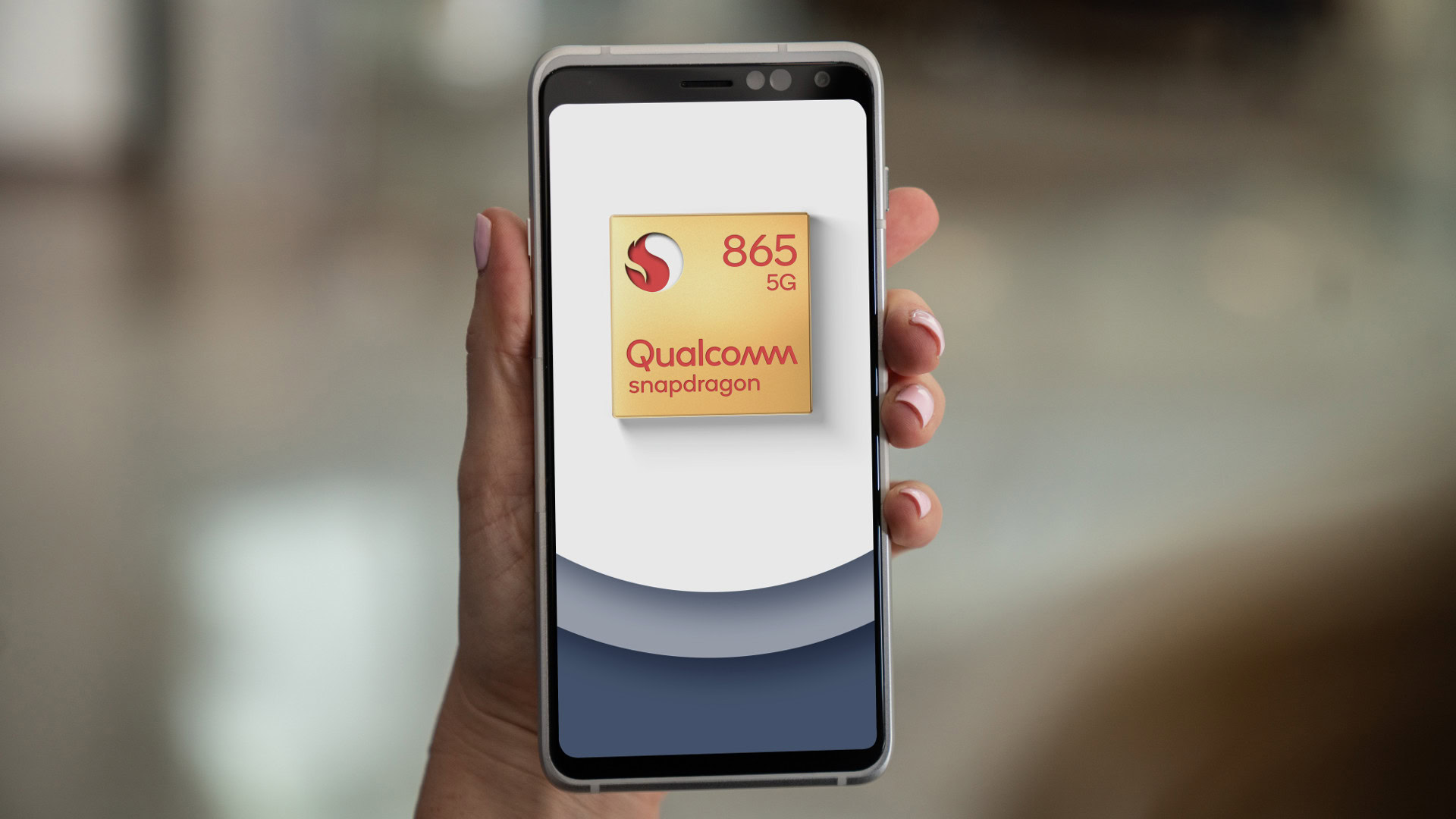Affiliate links on Android Authority may earn us a commission. Learn more.
Pocophone F2: The one we're waiting for, but can lightning strike twice?
Published onJanuary 26, 2020

The Pocophone F2 is now all but confirmed for a 2020 release. It’s a phone that will make a mark if it follows the cheap-but-powerful success of the Pocophone F1. But in 2020, it faces intriguing hurdles. Can the new standalone brand follow in the F1’s footsteps?
We now know that the new POCO brand is gunning for more devices for India. The first part of “season 2” looks like it will almost certainly be called the POCO X2 (or POCOphone X2). POCO India’s General Manager, Chandolu Manmohan, said this device would feature a “top-end SoC” and a “large amount of RAM.”
That sounds great, but it’s unclear how this will affect the POCO F2 (globally known as POCOphone F2). It may be that the X2 is a Lite edition — a mid-range device — while the later F2 release is packaged to be a flagship killer or a higher-end device.
POCO likely won’t be able to resist an F2, but it won’t be an easy repeat. The reason people clamor for the POCOphone F2 is the hope of a return of a cheap, powerful phone in 2020, featuring the best Qualcomm processor. Other factors matter too: Xiaomi’s commendable commitment to improving the Pocophone F1, along with continued releases of Android updates. Xiaomi secured trust in the POCO brand, and now we’re here.
Ultimately, though, it’s the powerful phone and price point that was incredible for the time, and that’s why people are so excited for the POCOphone F2.
2019’s POCO-less year

2019 was POCO-less, a decision that confused many, given Xiaomi’s approach to releasing loads of smartphones in all possible variations and configurations. But the long wait after the POCO F1 does give rise to some explanatory theories.
No POCO F2 so far might mean Xiaomi was waiting for a hit, or that it just didn't make any money.
The first theory is that Xiaomi was simply holding out to offer another killer device. As folding devices and early 5G implementations emerged, Xiaomi was happy to wait and defer the next POCO until the right mix of new tech was ready. Now, in 2020, it can again look at its options, which seems to include the POCO X2 as part of the mix.
The other more cynical angle is that the POCO F1 was a loss-leader for Xiaomi; a way to release a high-spec device at cost to test the market, introduce Xiaomi to more people, and experiment with a new form factor and brand. There’s just no way Xiaomi would’ve held off releasing an F2 if it was making a fortune.
2019, though, posed its own problems. With OPPO’s realme on the scene to compete with Xiaomi’s Redmi sub-brand, powerful cheap phones have become easier to come by. But even the (Android Authority award-winning) realme X2 Pro, a Snapdragon 855 Plus-powered phone that provided great value, was priced above $400 (Rs. 29,999).
The lowest-spec original POCO F1 launched at just under $300 (Rs. 20,999), a still-crazy value price.

If the POCO F2 can fall in that $300-$350 range with top-of-the-line performance, it should tick all the boxes. And that brings us to the problems it faces this year.
Can’t wait? These are today’s best Android phones
POCO F2 in 2020
It’s worth reiterating that the early POCO news of the year was Xiaomi announcing it an independent brand. POCO is still part of Xiaomi, but as a new brand, POCO now seems has some more freedom to approach the market by itself. A staff reshuffle and movement from Xiaomi to POCO has been part of this approach.
The POCO tagline of “Everything you need, nothing you don’t” continues, and that in itself gives us indications ahead. On face value, the tagline indicates POCO will keep clear of emerging (and expensive) tech that is still finding its place, like folding displays, 5G, and higher refresh rates with OLED screens.
'Everything you need, nothing you don't' remains the POCO tagline and brand position.
The fundamental advantage of the POCOphone F1 was that it came with the blisteringly fast Snapdragon 845, the flagship processor used by more expensive “flagship killer” competitors in the OnePlus 6 and ASUS ZenFone 5Z, as well as true flagships like the Samsung Galaxy Note 9, Xiaomi Mi Mix 2S, and gaming devices like the Razer Phone 2.
It held up, too. A Pocophone F1 revisited review taken in late 2019 found the phone was still worth buying.
865 problems and 5G is one

Here’s the real dilemma: With Qualcomm electing for its flagship processor to include 5G as part of its Snapdragon 865 package, POCO might find the very best top-of-line processor doesn’t suit.
Given POCO’s tilt towards India, where 5G isn’t currently available, and the nothing-you-don’t-need strategy, the 865 doesn’t fit. The only option, which isn’t one at all, would be to stick with the Snapdragon 865 and disable 5G, which would be redundant and expensive.
POCO F2 won't have 5G, so the 865 SoC doesn't fit. Now what?
That leaves POCO with a less obvious choice for its powerful performance angle. Options include last year’s still highly capable Snapdragon 855 Plus or the newer but lower-spec Snapdragon 765G SoC. A Snapdragon 855 Plus phone for $350 or less would still smash the competition; that option looks more likely over simply copying Xiaomi’s own Redmi K30 and adding the 756G over the 730G. And POCO would be right if it said it could still easily support high-performance games and apps for years to come on the 855 Plus platform.
But it’s still a bit of a problem. It means that standing out from other flagship killers will not be easy, and POCO has its work cut out for it. Given how much price will matter, the F2 seems destined to stick with an LCD panel and plastic build to save money. A large battery, expandable memory, and headphone jack remain essentials for prospective owners in this category too.
How widely will the POCO F2 be sold?
Given the brand now tweets from @IndiaPOCO, POCO is all about India. Wider availability will be interesting. Readers may remember our own Bogdan Petrovan scooping the existence of the POCOphone F1 by simply buying it from a store that was selling it ahead of its launch in Romania. The POCO F1 sold widely and flash sales at lower and lower prices continued into late 2018 and early 2019. I’ve seen it popularly listed in German sales now for €206.
As Xiaomi appears to be moving as a first-party into more markets, including Germany last year, along with whispers of a push into South Africa, the POCO F2 has a bigger potential market than ever before.
When will the POCOphone F2 be released?
All seems to be ready for POCO to first release the new POCO X2, to reinvigorate the brand. With multiple phones confirmed for 2020, the F2 looks set to follow. The X2 is set for a February 2020 release, but the F2 has been a little harder to get a bead on. Android Authority contacted POCO for details, but didn’t get an immediate response: all we know is that 2020 is definite.
Now, POCO just needs to get the specs and the marketing right. Can the POCO F2 become a cult-hit like the POCO F1?